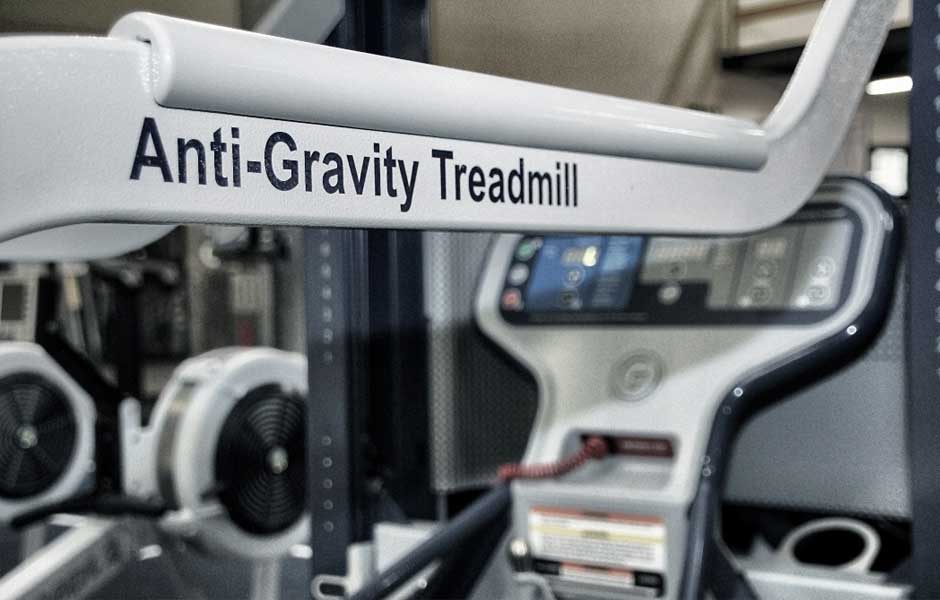 Exercise at all intensities acts to place stress on energy stores, hormones and the musculoskeletal structures. The more intense the exercise is, the greater the stress (and damage) that the body is subjected to. Recovery is a passive process by which the body heals from the damaging effects of exercise and restores the tissue, organs and biological systems to normal function. Training seeks to provide a level of stress to the body, resulting in damage and subsequent supercompensation which will provide an increase in performance over time.
Exercise at all intensities acts to place stress on energy stores, hormones and the musculoskeletal structures. The more intense the exercise is, the greater the stress (and damage) that the body is subjected to. Recovery is a passive process by which the body heals from the damaging effects of exercise and restores the tissue, organs and biological systems to normal function. Training seeks to provide a level of stress to the body, resulting in damage and subsequent supercompensation which will provide an increase in performance over time.

As we subject our body to higher training loads and intensities, the natural process needs to be respected as well as enhanced with active recovery methods. In the above figure, you will notice that the total recovery time from a single bout of exercise is 2-3 days. Practically this means that you should have one day a week off of running to give our bodies an opportunity to achieve full recovery. In addition, active recovery modalities need to be employed to assist in minimising the negative effects of exercise induced muscle damage and to enhance the positive adaptations of the training process.
This is important, as inadequate or insufficient recovery has been associated with symptoms of fatigue, impairment of athletic performance, and an increased predisposition to injury. Furthermore, optimised recovery allows for a higher level of subsequent performances over a longer period of time. This provides a much better opportunity for progressing training intensity and improving performances over the entire season.
Recovery Modalities
Following is a breakdown of what the scientific literature tells us of how we can optimise our sports recovery.
1. Active recovery
2. Compression garments
3. Protein
4. Adequate Sleep
5. Massage
6. Ice or contrast bath
Active Recovery
- This refers to Very Low Intensity activity of 20-30min duration (cycling, swimming, walking or stretching).
- This applies to your rest days to assist the body’s healing process to recover from damage caused by training and competition.
Compression Garments
- Full length compression garments worn for a minimum of 2 hours following training.
- Sleeping in your compression garments overnight will optimise the effectiveness.
- Skins (available from Sportsman’s Warehouse) are possibly the best brand
Compression garments assist by:
- Increasing venous return (removal of waste products from muscle)
- Reducing post exercise muscle soreness
- Returning lactate levels to baseline quicker
- Improving muscle endurance
Protein
- Consuming a protein and carbohydrate meal within 20 minutes of completing training / competition has been shown to improve muscle recovery.
- Carbohydrates cause insulin release which assists in the uptake of protein into muscle cells
- Optimal ratio is 1 : 3
- 10 – 15g Protein : 30 – 45g carbohydrates
- 300ml low fat chocolate milk and a banana
- Supplements such as PeptoPro can also be used*
* Note on supplements
There is ALWAYS a risk that the supplement you use may be contaminated with a banned substance. This could be from manufacturers not declaring all the ingredients in their products, or from accidental contamination from other products which are manufactured in the same factory. The athlete is always held responsible for anything that is found in their body during a drugs test. Organisations such as Informed Choice (www.informed-choice.org) do screening on supplements to give athletes the ability to choose supplements with a greater degree of confidence, but even this is not fool proof.
Adequate Sleep
- Muscle regeneration and growth occurs during sleep (growth hormone secreted)
- Everyone needs different amounts of sleep
- Minimum of 7 hours for adults, but 8 hours often needed during heavy training.
- Children need up to 11 hours a night.
- Siesta (afternoon nap) of 30-40min recommended for athletes – 2nd GH spike.
Massage
- Recommended once weekly, especially during heavy training.
- Improves muscle health and function through:
- Increased circulation and waste removal
- Break down of muscular adhesions
- Release of trigger points
- Stretches fascia and increases joint range of movement
- Reduces muscle spasm
- Improves scar tissue formation in muscle injuries
- Decreases sensation of fatigue
- Calms nervous system
- Encourages effective sleep
Ice / Contrast Baths
- Contrast bath – cold 1-2 min, hot 5 min x 3 each
- Ice bath – 10 min
- Water less than 15 degrees to be effective (colder is better, 8-12 degrees optimal)
- Depth of at least waist deep to be effective
- Increases circulation through temperature and hydrostatic compression
100 Points to Optimal Recovery
As a guide, we recommend using the table below to optimise your recovery. The sum of the points you score for each of the activities you use as part of your recovery programme should total a minimum of 100 points on a daily basis.

 Shop 2 & 3, Moses Mabhida Stadium
Shop 2 & 3, Moses Mabhida Stadium
44 Isaiah Ntshangase Road, Durban 4025
info@primehp.co.za
+27 (0) 31 940 5556


